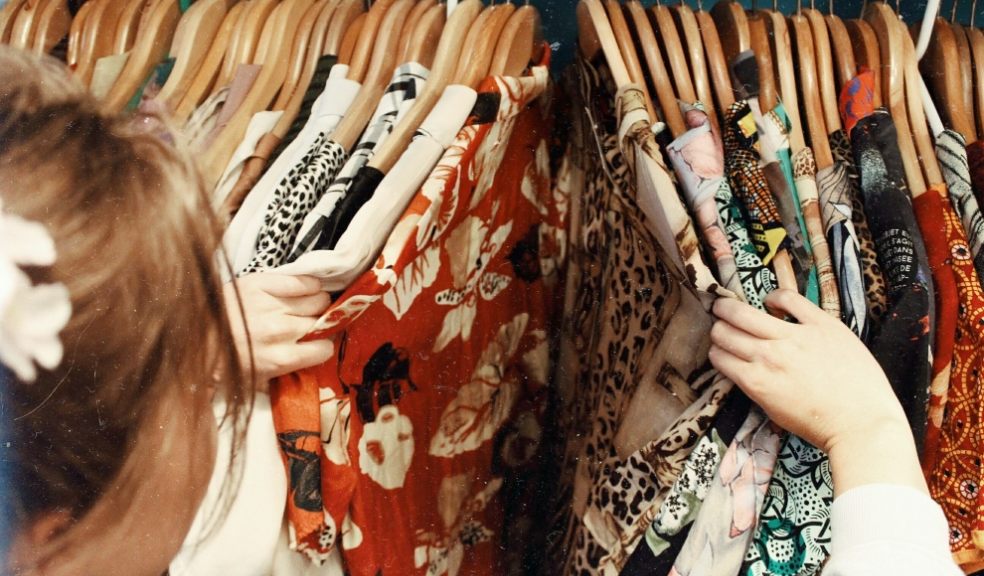
The benefits of buying and selling secondhand clothes
From sentimental items you can’t bear to part with to impulsive bargain buys, we can all relate to holding onto an item of clothing in the hope we might fit into it again or become fashionable once more - even if it’s a onesie from 2009. An annual wardrobe spring clean can be the perfect way to give unwanted clothing a new lease of life.
The latest data from Shpock’s annual Second Hand Effect report, released ahead of World Environment Day (5th June), shows Britons potentially saved 5,175 tonnes of carbon dioxide emissions last year by buying and selling on the app – which is the equivalent amount of emissions as driving around the world in a standard car 574 times or driving to the moon 60 times.
There is nothing more satisfying than a spring clean, the annual purge of the wardrobe can be incredibly cleansing for the mind, but it is also very good for the planet. In fact, when talking about interiors therapy, the clothes we own are often the best place to start; a simple way to get clear on how ‘stuff’ can impact every part of our lives. Re-homing clothes also contributes to a circular economy and translates to huge savings in greenhouse gas emissions and less wasted materials.
From January 2021 to March 2021 Shpock data saw the number of fashion items sold on its website increase by a third on average (33%) and future predictions show that by shopping on marketplaces, Britons could be potentially saving 1.2 million tonnes of plastic, 7.8 million tonnes of steel and 0.7 million tonnes of aluminium.
To give Brits a helping hand, Shpock have partnered with interiors therapist Suzanne Roynon to share top tips and tricks on how to carry out a sustainable spring clean:
1. Give yourself time and focus on items not bringing you joy. Spring cleaning the wardrobe isn’t a ten-minute job, but when you get it right, you’ll save yourself countless hours in the months and years to come. Take everything out of your wardrobe and pile it on the bed. This is where you get totally honest about each item; does it remind you of anything unhappy, disappointing, hurtful or bring you down in any way?
2. Always Think Sustainably - give pre-loved items a new home. When it comes to letting your unwanted clothes and possessions go, use marketplaces to sell items on, they have a huge array of buyers and it's also a great way to earn money. Never send stuff to a landfill.
3. Tackle drawers, shelves and anywhere else you keep foldable clothes. Follow the same principles to assess how they make you feel and if anything does not make the grade, let it go. Do the same with accessories, jewellery, gadgets, and products – anything you don’t use isn’t serving you and it’s taking up space.
4. Time to organise and clean - give the items you're keeping a fresh space. Before putting anything away, vacuum and give every drawer and cupboard a wipe down with a suitable cleaning product inside and out. Your clothes deserve a fresh, clean space and so do you!
5. Think about the clothes-hangers you use. The brain responds well when things are ordered, so using hangers which match rather than a jumble of odd shapes and colours is a simple mind-hack as well as being visually rewarding.
6. Order your wardrobe. Hang clothes so items of the same type are together and sort them by length; that way you’ll know exactly where to find your perfect outfit every day. This method makes putting away laundry much more straightforward and your eye will appreciate the organisation each time you open the door.













